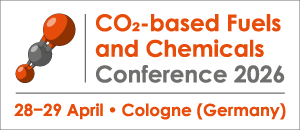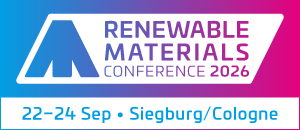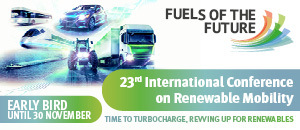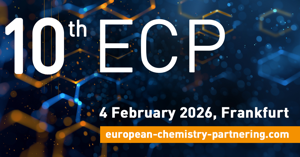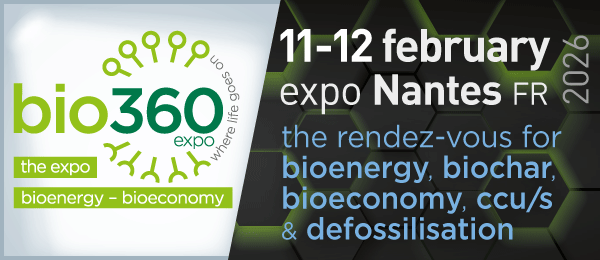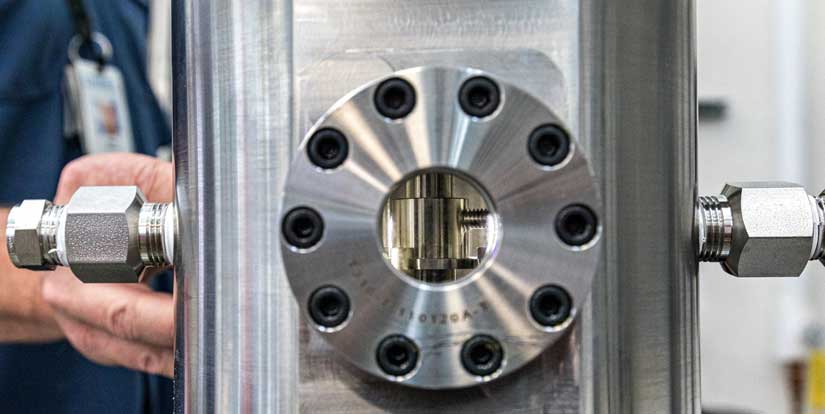
The National Renewable Energy Laboratory (NREL) has been collaborating with utilities and startups at the frontlines of high-renewable systems to make the technical and economic case for renewable fuels as we transition to a clean energy economy. With continued cost reductions for renewably generated electricity from sources like wind and solar systems, NREL is validating utility-scale hydrogen-production processes that could provide tomorrow’s clean fuels and chemical feedstocks to produce low-carbon, high-value products.
New IP To Simplify Renewable Hydrogen Reactions
Renewable hydrogen could fit into future low-carbon energy systems like a missing puzzle piece: It can be produced by wind and solar power when there is excess supply, it could be moved in pipelines to achieve longer-term energy storage, and it is a useful fuel on its own.
But an NREL duo known for pushing the limits of power-to-gas is innovating another direction for renewable hydrogen, focused on upcycling carbon waste streams into key energy products. The NREL team is focused on tightly integrating two processes—renewable hydrogen production and downstream chemical reactions—to cut the capital costs and improve the efficiency of the overall process. Along the way, they are demonstrating novel approaches that will aid in decarbonizing our energy system.
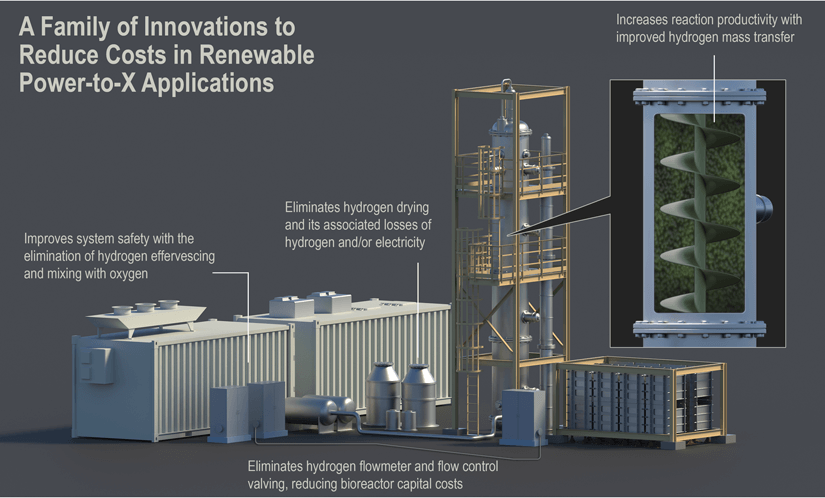
“Hydrogen is a versatile energy carrier that is playing a key and growing role in future clean energy systems,” said Nancy Dowe, a senior researcher and co-principal investigator on NREL’s integrated hydrogen reactions research. “Our improvements to downstream hydrogen reactions help reduce the barrier for disruptive technologies to transform carbon-heavy sectors and accelerate deployment of hydrogen systems.”
NREL has developed and licensed aspects of its intellectual property for integrated hydrogen production; altogether, the innovations could reduce system electrolyzer costs by 5%–10%. For example, one recent NREL innovation uses the electrolyzer current (and therefore the rate that hydrogen is produced) to control the downstream ratio of hydrogen when mixed with other feedstocks, like carbon dioxide, for precise process control. Another improves the efficiency of reactions by injecting more soluble “wet” hydrogen, which has not passed through any of the drying stages present in commercial electrolysis systems. By scrapping the drying infrastructure, a utility-scale electrolyzer project could avoid tens of thousands of dollars in superfluous equipment and substantial losses in efficiency to dry the gas for non-transportation end-uses.
These recent improvements are part of a larger NREL effort funded by the U.S. Department of Energy’s Hydrogen and Fuel Cell Technologies Office to reduce costs of renewable electrolysis and support DOE’s H2@Scale vision for clean hydrogen across multiple applications and economic sectors. The biogas waste-to-energy aspect of the research was funded by DOE’s Bioenergy Technologies Office to utilize and recycle carbon dioxide waste streams.
“We are value engineering out expensive and unneeded hardware to simplify the entire process,” said Kevin Harrison, another senior researcher and co-PI on NREL’s integrated hydrogen reactions research. “Right now, we are exploring new energy applications that will benefit from this simplified and improved way of integrating systems, from producing renewable natural gas to making protein for food to producing sustainable aviation fuel.”
The flagship application of Dowe and Harrison’s integrated hydrogen/waste-to-energy machinery is to produce renewable natural gas (RNG). The process uses proprietary microorganisms provided by Electrochaea GmbH to metabolize hydrogen and waste carbon dioxide (CO2) into methane, a more sustainable replacement for fossil natural gas. As existing carbon markets incentivize RNG, other early-stage companies are exploring the full impacts of integrated hydrogen.
Clean Fuels and Vegan Foods: For Downstream Hydrogen, a Floodplain of Opportunity
California has created the most active RNG market in the United States by issuing mandates for clean fuel and curtailed emissions. These rules have encouraged RNG projects around the country to capture methane emitted from the substantial waste streams of biogas sites and liquify or compress the gas into vehicle fuel. However, in many cases, the CO2 portion of decomposing waste is still released into the atmosphere.
NREL is working with a selectively bred single-celled microorganism from partner Electrochaea GmbH to more closely integrate the hydrogen technology with the waste CO2 and upcycle the gases into RNG. During this biomethanation process the renewable hydrogen is combined with carbon dioxide and fed into the bioreactor, which houses the biocatalyst to produce RNG. In upgrading the CO2 from biogas waste streams, Electrochaea’s technology nearly doubles the RNG yield when compared with standard gas separation technologies.
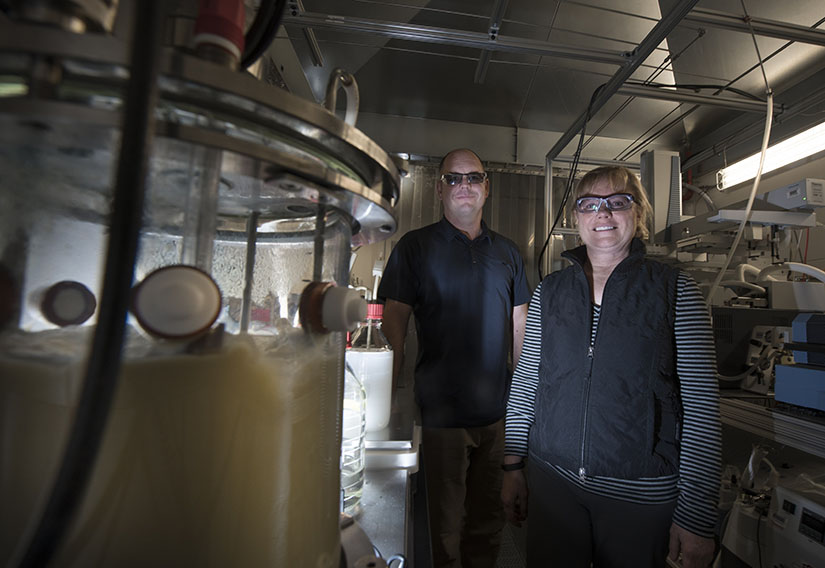
One of NREL’s earliest partners in this space is Southern California Gas Company (SoCalGas), which is targeting 20% renewable gas in their system by 2030. SoCalGas initially collaborated with NREL because of the laboratory’s unique capabilities in renewable hydrogen production. To demonstrate the biomethanation process, the team collaborated closely with Electrochaea using their system design, biological catalyst, controls logic, and organism nutrient dosing strategy.
During the initial design and startup, NREL researchers recognized opportunities for innovating the systems integration between the hydrogen-producing electrolyzer and the biomethanation reactor. These innovations focus on reducing costs to enable earlier adoption of hydrogen systems and CO2 recycling processes. In licensing NREL’s technology, SoCalGas is now considering commercial-scale projects to create new value from waste carbon emissions and large-scale renewable hydrogen system deployment.
About National Renewable Energy Laboratory (NREL)
Source
National Renewable Energy Laboratory, press release, 2021-08-31.
Supplier
National Renewable Energy Laboratory (NREL)
Share
Renewable Carbon News – Daily Newsletter
Subscribe to our daily email newsletter – the world's leading newsletter on renewable materials and chemicals








